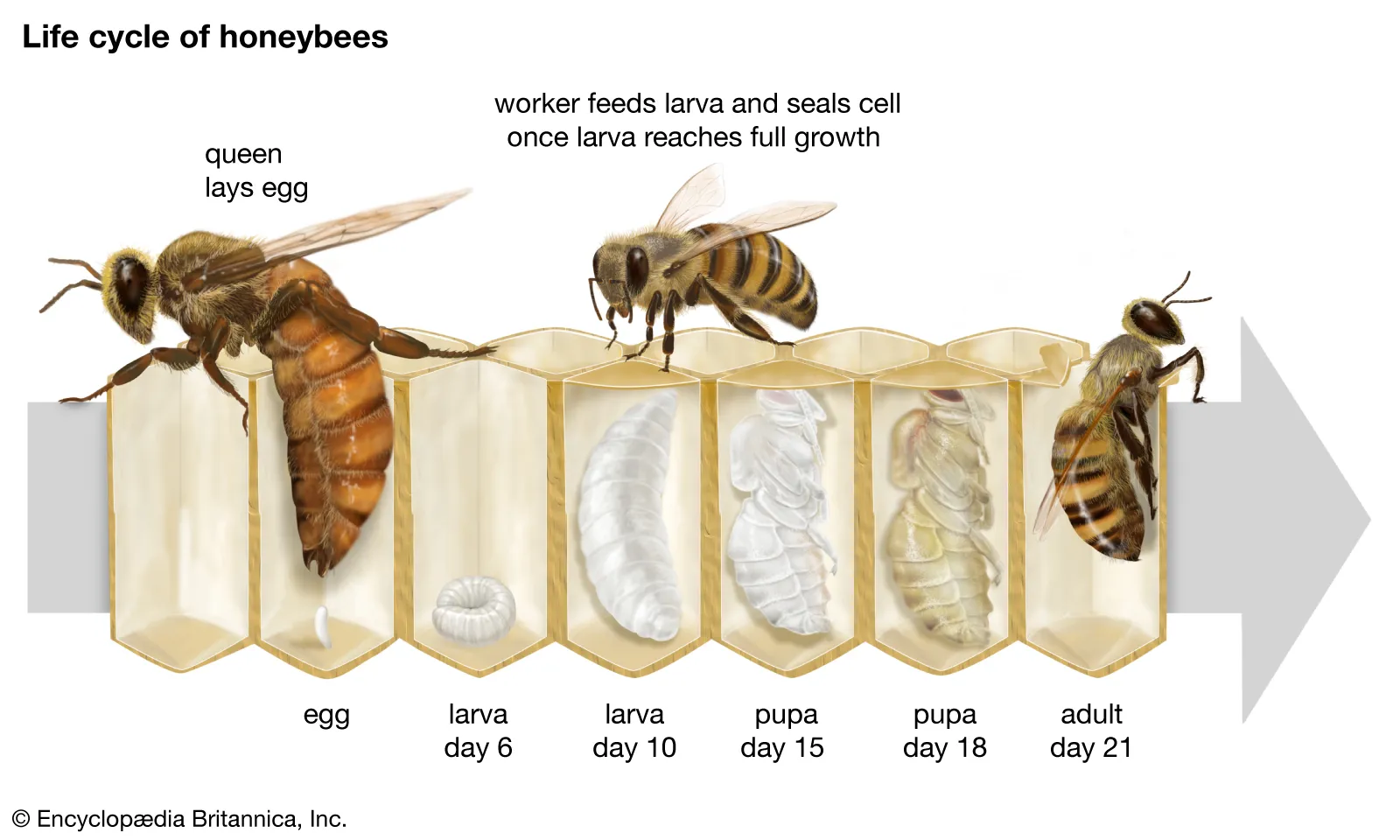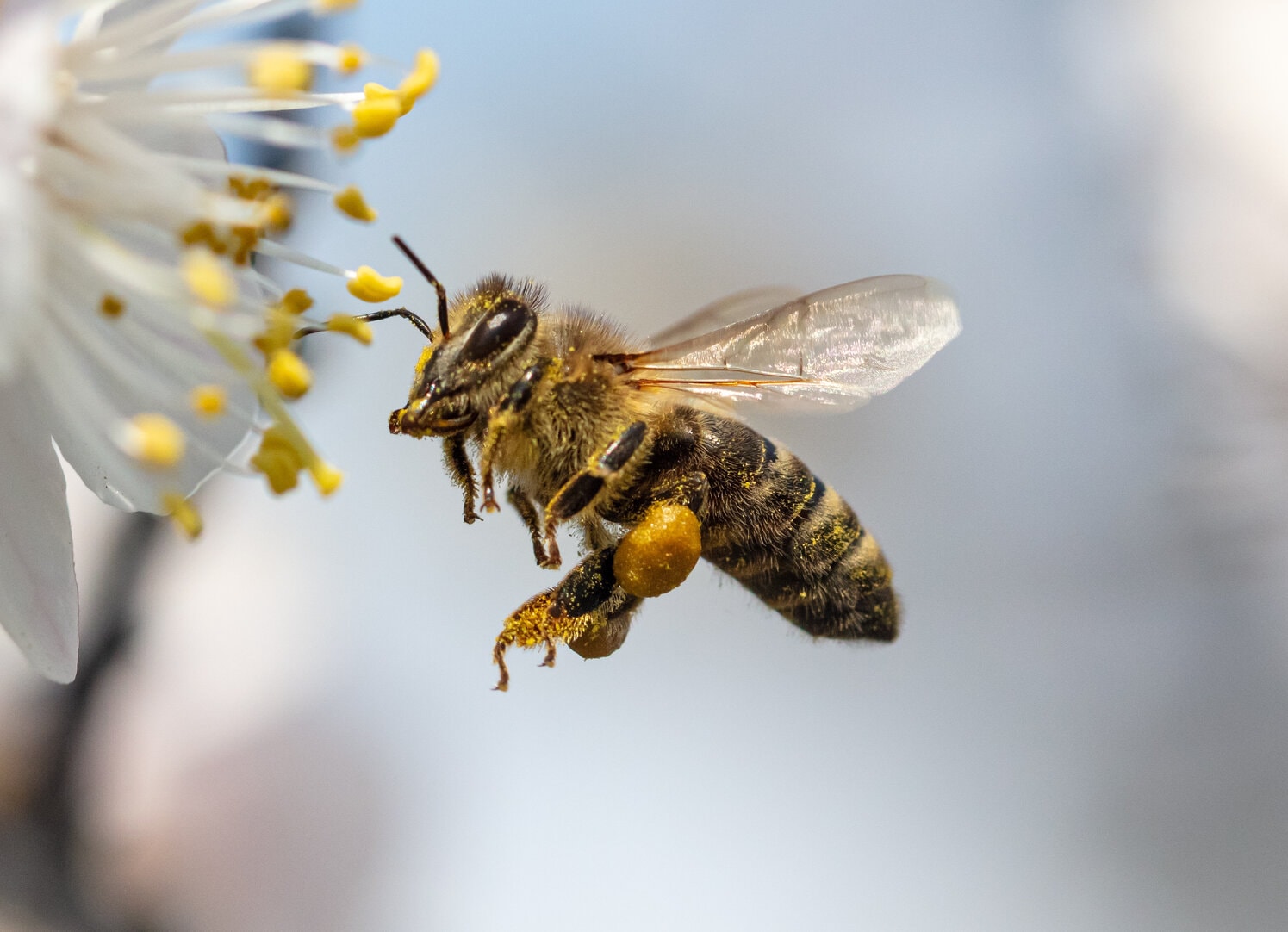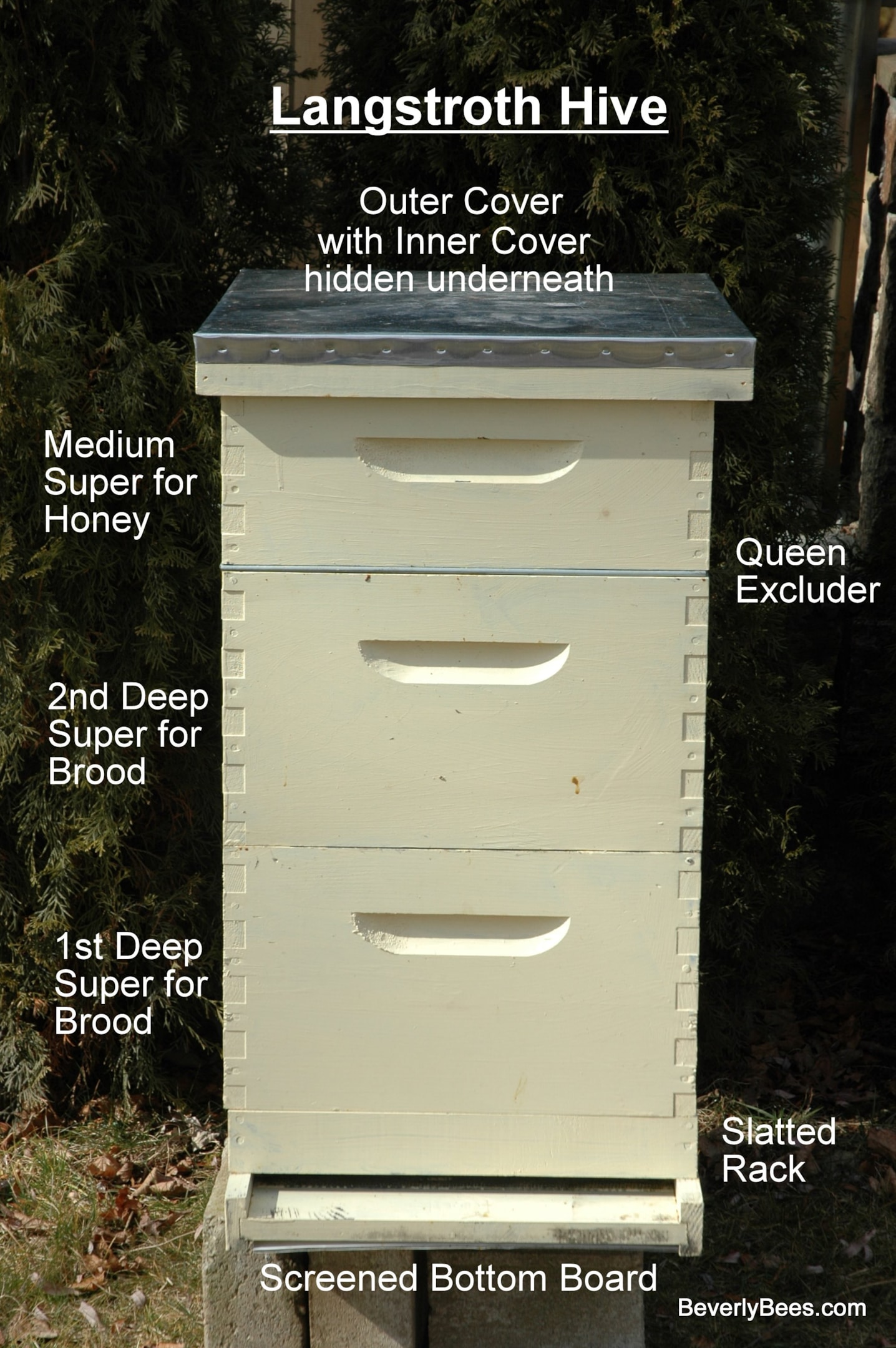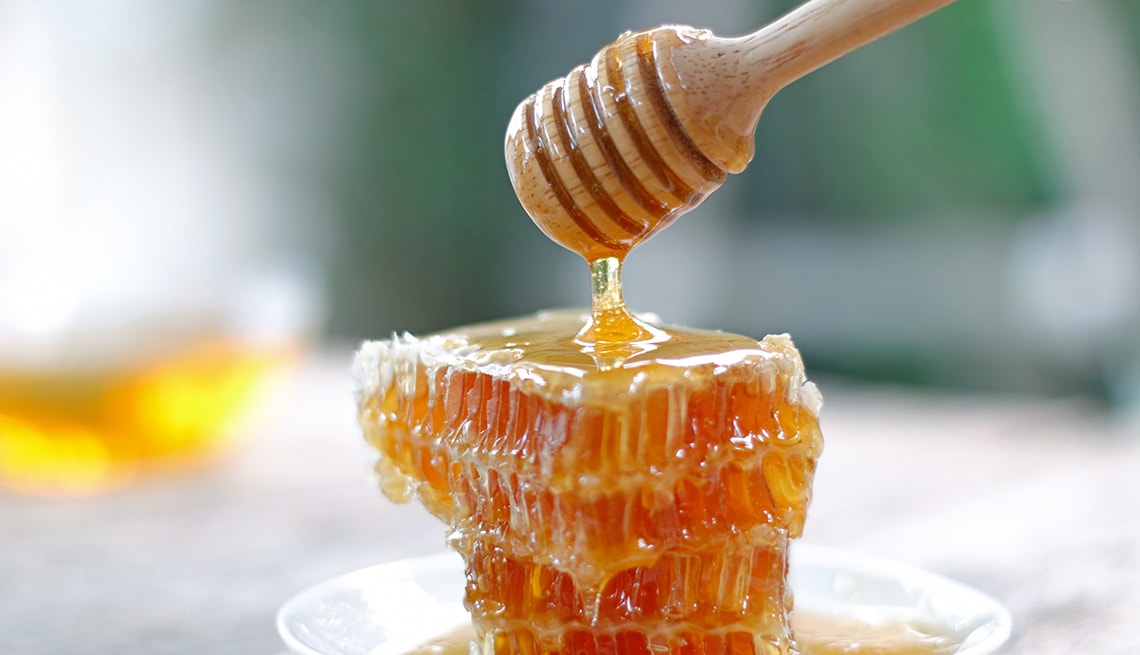Note: This post may contains Amazon or other affiliate links. We may earn a commission from purchases at no extra cost to you. Thanks for supporting our blog!
Many people wonder when the ideal time is to start beekeeping. The beginning is simply considering whether you want to venture into the practice of beekeeping, which is both a skill and a modern practice. You can do this from your armchair at any time of the year - autumn, winter, spring, or summer.
Create the Best Environment for Bees
You need to create the best possible living conditions for the bees, according to their natural habits. For centuries, humans have tried to domesticate bees like other animals, but it hasn’t worked. Bees have maintained their natural way of life, so beekeeping practices are now designed to take advantage of this. To be successful, you need to understand the composition, life, and work of the bee colony, including the queen, worker bees, and drones, and their roles in the hive. It’s also important to be aware of scientific and practical advancements in beekeeping techniques, which are based on these natural principles. Modern apiculture faces numerous challenges, including the impact of the climate crisis on honeybee populations.
Form Your Apiary If You Want But Without Bees in the Fall
Forming an apiary depends entirely on you. If you have the time and conditions to accommodate bees, you can start at any time, even in the fall. You will have access to a fresh supply of delicious honey and comprehensive guides for both beginners and experienced apiculturists. Preparing the site means setting up the area where you will place your first hives in the spring. It’s good to consult with local beekeepers, search online, and read a few articles on the subject. Take everything with a grain of salt and adapt it to yourself, including what is written in this article. Why? In case of mistakes in beekeeping, you are the one responsible, and you will have to correct them yourself, with or without advice from others.
Plan Your Beekeeping Tasks
Plan your beekeeping activities at least a year in advance and try to complete every task as scheduled. Even the smallest delay can reduce honey production. Beginners should also make a plan before starting beekeeping. The content of your plan should consider the impact of the climate crisis on beekeeping, including potential honey shortages and the need for alternative crops like paprika pepper.
When You Start Beekeeping, A Common Question Is: "How Many Hives Should I Start With?"
You need to know that when choosing a future location, the environment directly affects the bees. Their behavior and their initial success greatly vary under different microclimatic conditions. Beekeepers have been managing hives under various conditions for years, so keep this in mind when thinking about how many hives you might manage depending on your abilities and the time you can dedicate. Don’t forget that bees are living creatures, and their survival greatly depends on you and your skills.
Is One Hive Enough to Start? Hardly
Starting beekeeping with too few hives is almost as difficult as starting with too many.
An average hobbyist should always start with 2 or more, say five. Why not just one? With two hives, you can compare their conditions. If both behave similarly, it’s usually normal. If you only have one hive, what will you compare it to?
Are you looking for apiculture classes? Click here and meet your mentor. With this coupon code: ALEX you'll receive 20% off.
Choose the Best Location for Your Hives
Place your hives in a sheltered location, away from strong winds, unpleasant smells, busy roads, walls, and large rivers. Avoid putting hives too close to each other; instead, group them in clusters of three to five, spaced at least 30 centimeters apart. Position the hive entrances 30 to 50 centimeters above the ground, facing south or southeast.
Queen Bees
Replace old queens with young, healthy, and fertile ones. Ideally, queens should be replaced annually, but high-quality queens can be replaced every two years. The queen plays a crucial role in the hive, influencing the harmony and productivity of the bee colony. Beginners can buy queens instead of breeding them.
Strong Colonies
Only keep strong bee colonies in your apiary. Weak colonies should be strengthened quickly. Strong colonies produce more honey. Feeding them properly, especially with sugar, helps them grow and prepare for winter.
Minimize Smoking
Use minimal smoke when working with bees. Excessive smoking can harm the bees and reduce honey production. It can also negatively affect the honey’s taste and quality.
Inspect Hives Carefully
Inspect your hives only when necessary to avoid disturbing the bees. Frequent inspections can reduce nectar and pollen collection and increase honey consumption, ultimately lowering honey production.
Select and Breed Strong Colonies
Select and breed bees from the best-performing colonies. Consider honey production, calmness, and resistance to diseases when choosing colonies for breeding queens or artificial swarming.
 Basic Necessary Items
Basic Necessary Items
Here’s some equipment you’ll need to start your apiary, regardless of the number of hives:
A colony of bees, including worker bees, a queen, and possibly drones
Hive kits to house your bees
Protective clothing (a bee suit or at least a beekeeping jacket) – because a smart beekeeper knows its purpose
Stand for your hives or a container depending on the type of hive
Beekeeping book for beginners
Due to the shortage of honeybees for pollination, the supply of hive boxes has become limited, leading to increased prices and impacting farm household income.
How to Acquire New Colonies?
- Buying bees on frames - worker bees with a queen on frames that include brood and honey
- Buying a package swarm - about two or three kilograms of bees with a queen
- Receiving a first colony of bees as a gift from a nearby beekeeper
- Catching a stray swarm from an unknown owner
- Finding someone who sells bees in local ads
IMPORTANT: Consider your capabilities and don’t overdo it with the number of colonies if you lack experience working with them.
Usually, bees are bought only in the spring after winter when the hive begins to grow with young bees. Every beekeeper will have a unique opinion on beekeeping and hive types. You should choose this as part of forming the conditions of your future apiary. Once you start, it’s hard to change the type of hive, and although they are more or less similar, the work can differ. After all, similar doesn’t mean the same, right?
Bees Are Usually Bought Only in the Spring After Wintering
When there’s no brood, the cluster temperature is maintained at a slightly lower temperature of about 84 °F (29°C). When the brood appears, it needs to be kept warmer at a constant temperature of around 93 °F (34°C). Climate change also affects this occurrence, so in warmer winters, brood is retained to a greater or lesser extent from autumn, when wintering begins, until spring when a new season starts.



